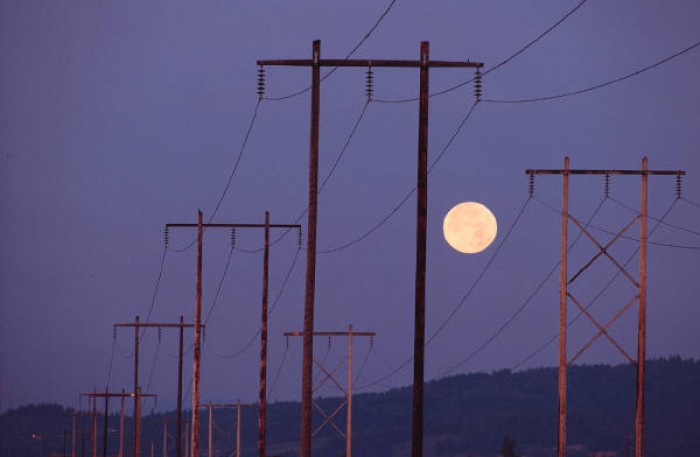Transmission improves reliability and brings low-cost renewable energy to consumers
 | Kelley Welf, Communications Director |

 | Kelley Welf, Communications Director |
Electricity is an integral part of daily life, yet it’s something we think little about – until the lights go out. Today, harvesting renewable energy is big business. Wind has rapidly grown in the past 10 years because its cost-per-unit of energy has dropped and because of the demand created by State Renewable Energy Standards (RES). In the near future, we expect wind energy will be used to help states meet carbon reduction goals set in the U.S. Environmental Protection Agency’s recently announced Clean Power Plan rule.
To meet the state and federal objectives, however, transmission is greatly needed. In fact, transmission is the key to unlocking the rich wind energy potential for the Midwest – and the nation – yet, it has not seen a meaningful improvement in more than 30 years. As the market for wind energy grows, creating a “farm to market road” for wind energy is increasingly urgent. A robust transmission network also opens the electricity market for wind to compete with other generation resources.
In the Midwest, there is a considerable investment in transmission already underway. In 2011, the Midcontinent Independent System Operator (MISO) approved its first Multi-Value Project (MVPs) portfolio of 17 transmission lines. The 17 MVP transmission lines will be built at an approximate cost of $5.9 billion, and will carry about 14,000 megawatts of clean wind energy. Arguably the most important transmission line in the MISO MVP portfolio is the Badger-Coulee line. While the Badger-Coulee line is only estimated to be 160- to 180-miles long, running from North La Crosse to Madison, Wisconsin, it is needed for both in-state development and to unlock a significant bottleneck between Minnesota, the Dakotas and Wisconsin. Construction of the roughly 800 miles of CapX2020 transmission projects taking place in the upper Midwest began in 2011, and is expected to continue through 2015; and three Clean Line Energy Partners’ high-voltage transmission projects in the mid-section of the country are capable of delivering thousands of megawatts of renewable energy from the wind-rich heartland to load centers across the country. Because the wind is always blowing somewhere, having a well-integrated electric grid allows electricity to be re-directed wherever it is needed. And, that improves reliability.
The additional lines provide additional capacity to carry the lowest cost energy (usually from wind) resources. Increasing the amount of wind generation will also save consumers money as low-cost wind energy displaces generators that are more costly to run.
The rate we pay for electricity generally has three cost components -- the cost of generating electricity, the cost of transmitting electricity over transmission lines, and the cost of delivering the electricity from transmission lines to your homes. The cost of transmitting electricity over transmission lines amounts to about 7% of the total rate we pay for electricity. The small increase in transmission costs needed to pay for the MVP (and other transmission) lines will be far exceeded by the reduction in the cost to generate electricity.
In addition to reducing the cost of producing electricity, the lines will also boost state and local economies. These lines are billion dollar investments that contribute to economic growth, and create thousands of jobs. The wind resources that will be built as a consequence of transmission projects will also infuse millions of dollars of tax revenue into local coffers.
Currently in the MISO states, about 50% of the RPS goals have been met, which means there is still approximately 12,000 megawatts of renewable energy that needs to be put into operation in the Midwest. Further demand for renewable energy is likely to come from the U.S. EPA’s Clean Power Plan rule. That rule allows states to develop plans to reduce carbon emissions from existing electric generating plants between 2020 and 2030. To reduce CO2 emissions states can use wind energy, which emits no CO2, in place of energy from heavy CO2 emitting coal plants. Wind developers are no-doubt counting on new transmission lines to meet the growing need for renewable energy in the Midwest. In many cases wind developers cannot move their projects forward without transmission lines being built.
The bottom line is that transmission is vital for ensuring the lights stay on and for helping facilitate a healthy, competitive, and efficient energy market.
Subscribe to our newsletter for the latest on energy & our work
This article was first written for and appeared in Morning Consult.